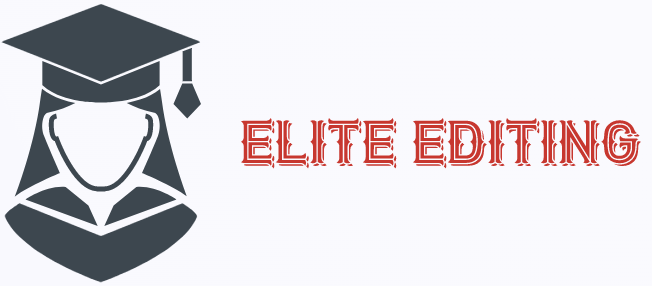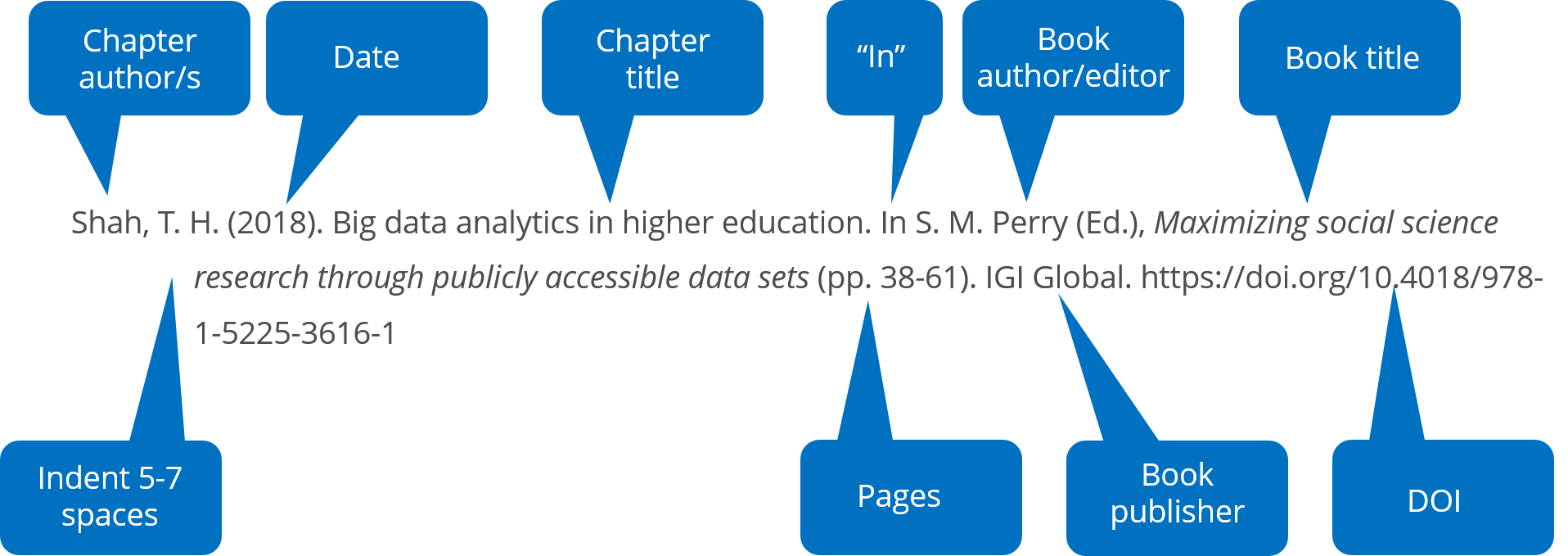APA 7, or the Seventh International Conference on Systematic Literature, advises writers to include the article’s DOI (Digital Object Identifier). However, not all articles are associated with DOIs. If you’re unable to obtain a DOI, you can always use the article’s URL. However, most academic journals provide stable URLs rather than ordinary URLs. This method is more commonly used by academic writers than the DOI.
DOI (digital object identifier)
When citing an article in your paper, you need to include the DOI (Digital Object Identifier), a unique alphanumeric string assigned by the registration agency that provides a persistent link to the content. Normally, a DOI is assigned to an article when it is published by a publisher. The DOI begins with 10 and includes a prefix and a suffix that are determined by the publisher. This is necessary because the suffix was designed to be flexible to accommodate publisher identification standards.
In most cases, DOIs are available on the first page of a journal article or on a database landing page. When you have a DOI for an electronic source, it will appear on the first page of the article or near the copyright notice. If the publication does not have a DOI, you can use the URL instead. DOIs can be found in libraries as well, including databases.
List all authors up to and including 20 authors
The APA style specifies that authors are listed in the reference list, and this requirement does not change in a revised article. However, journal articles with hundreds of authors can be cited as the primary author. This is not a feasible solution. Instead, writers should list all authors up to 20 in the reference list. The threshold for using ellipses is 20 authors.
When citing a source with more than three authors, the first author’s name should be listed before the last name. In addition, if there are three or more authors, the last name should be listed. The second author’s name should be listed after the first one. APA 7th edition also specifies the first two authors and et al. If there are more than three authors, the second and third authors’ names should be listed after the first two.
Include a database name instead of a URL
When citing an article from an archive or a database, include a database name instead of a URL. For articles published in journals or books, this can be particularly difficult, but it is necessary in many instances. This includes the citation of journal articles, book chapters, and archived research. In many cases, it will make it easier for readers to find the article.
When citing an article in APA 7th edition, include the database name, rather than the URL, as some instructors prefer the shorter version. For instance, you can use short URLs instead of full DOIs, available at the International DOI Foundations’ shortDOI service. To create a shortened URL, use any URL shortener service, but make sure it is fully functional.
Avoid plagiarism
While most students know the importance of citing sources correctly, they often forget to label their notes or highlight statements that need citation. One way to avoid plagiarism is to label the pieces of text you copy and paste with quotation marks. APA 7th edition follows this style. Learn more about how to avoid plagiarism when citing an article in apa 7th edition. Here are some examples of improper citation.
To avoid plagiarism, cite sources as closely as possible. When you use someone else’s ideas, it’s imperative to properly acknowledge the sources. APA 7th edition guidelines suggest in-text citations, which include the author’s last name and publication year. If you directly quote a source, make sure to include the page number, too. In-text citations are also important, because they can be easy to miss if you use them without attribution.

